LIFE UNDERWATER
- VEGETATION
- PLANKTON
- PHYTOPLANKTON
- ZOOPLANKTON
- INTRODUCTION ZOOPLANKTON
- BIODIVERSITY
- ENVIRONMENT AND ADAPTATIONS
- NUTRITION
- DISTRIBUTION
- RESEARCHER'S OPINION
- BENTHOS
- FISH
- AMPHIBIANS AND REPTILES
PLANKTON - ZOOPLANKTON - ENVIRONMENT AND ADAPTATIONS
![]() FLASH PLAYER IS REQUIRED TO SEE THE CONTENT OF THIS PAGE
FLASH PLAYER IS REQUIRED TO SEE THE CONTENT OF THIS PAGE
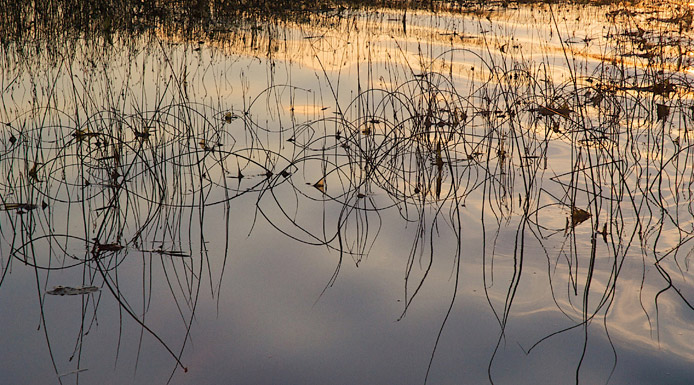
Rotifers and copepods multiply rapidly. They reproduce asexually or parthenogenically.
VIDEO - 0 min 11 s
In parthenogenesis, unfertilized ova develop into successive generations of females, which are clones of their mother.
Here we see a female cladoceran with golden eggs in her body.

Therefore, populations of cladocerans and rotifers are largely composed of females.
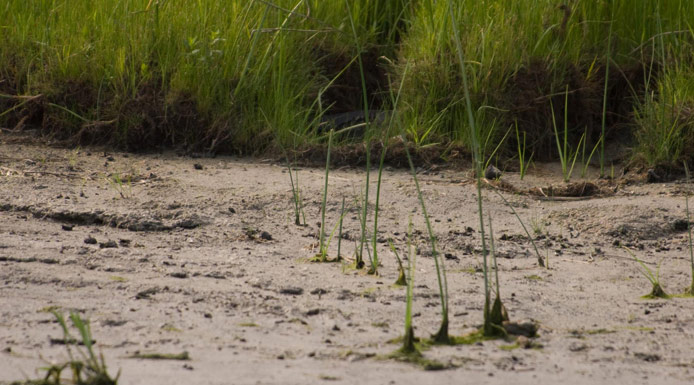
Male cladocerans, which make sexual reproduction possible, can be observed under unfavourable conditions.
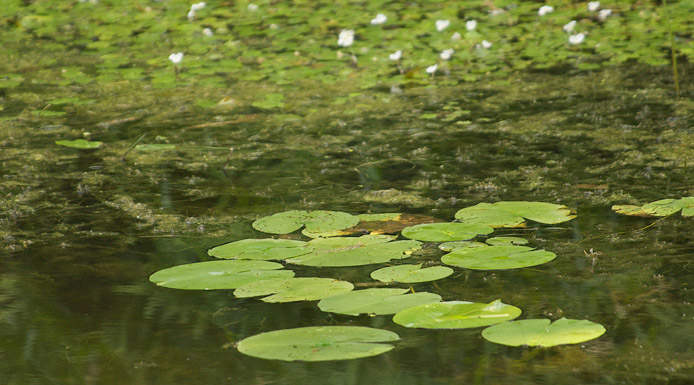
Fertilized eggs fall to the bottom of the lake. These eggs are known as resistant or resting eggs. The eggs hatch when favourable environmental conditions return. These eggs produce females.
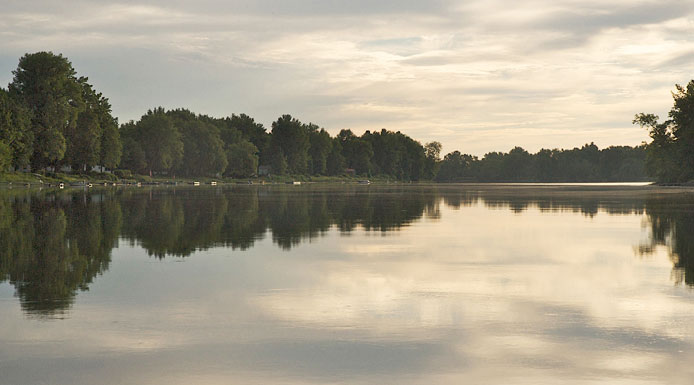
In some species of rotifers, the males are simplified. Their only purpose is to produce spermatozoa to fertlize eggs. These males are incapable of feeding.
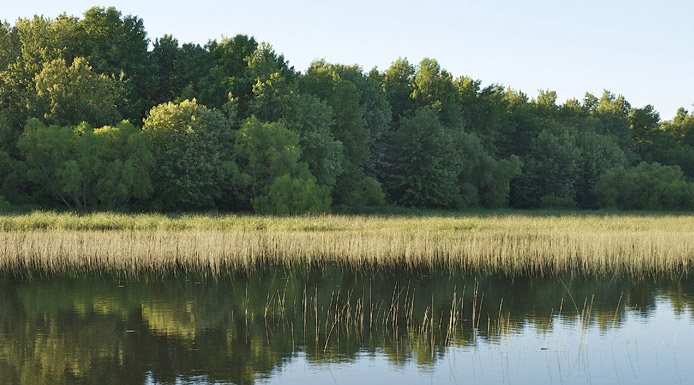
Unlike rotifers and cladocerans, copepods reproduce sexually. Therefore, both males and females are present in the environment at the same time.
This page contains videos that require Javascript and Adobe Flash Player to be activated. If you wish not to activate these functions, we offer pictures from the original videos.
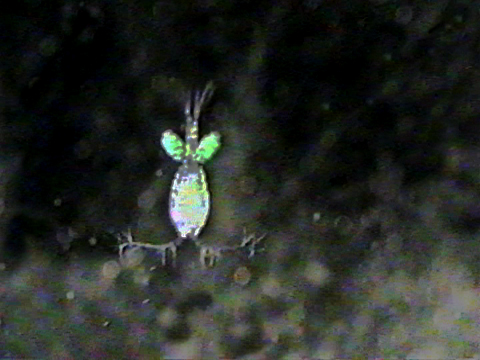
VIDEO - 0 min 03 s
In copepods, fertilized ova are held in egg sacs on both sides of the female’s abdomen. These egg sacs, located outside the body, can contain up to a hundred eggs.
This page contains videos that require Javascript and Adobe Flash Player to be activated. If you wish not to activate these functions, we offer pictures from the original videos.
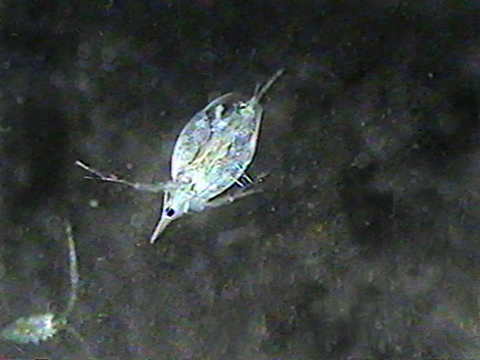
VIDEO - 0 min 06 s
Daphnia are cladocerans that can change shape over their lifespan (cyclomorphosis). In some individuals, the head becomes pointed and the spine at the end of the abdomen grows longer. These changes make Daphnia more difficult to swallow and thus less attractive to predators.
This page contains videos that require Javascript and Adobe Flash Player to be activated. If you wish not to activate these functions, we offer pictures from the original videos.
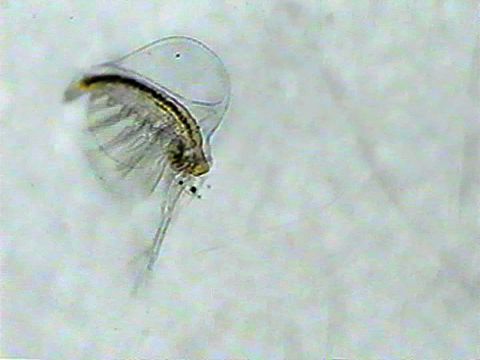
VIDEO - 0 min 12 s
The cladoceran Holopedium gibberum has a large gelatinous mass on its back that helps it float.
This page contains videos that require Javascript and Adobe Flash Player to be activated. If you wish not to activate these functions, we offer pictures from the original videos.
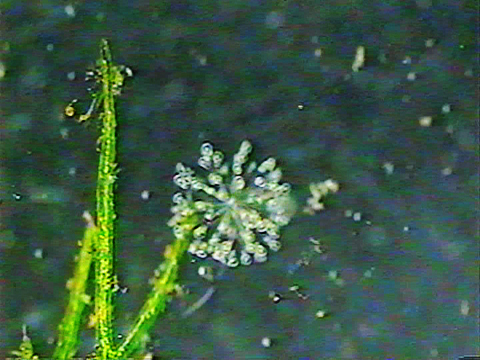
VIDEO - 0 min 26 s
Some rotifers live in colonies, which provide extra protection against predation. When a colony of rotifers touches another organism, like a cladoceran (as seen here), it reacts by contracting.
This page contains videos that require Javascript and Adobe Flash Player to be activated. If you wish not to activate these functions, we offer pictures from the original videos.
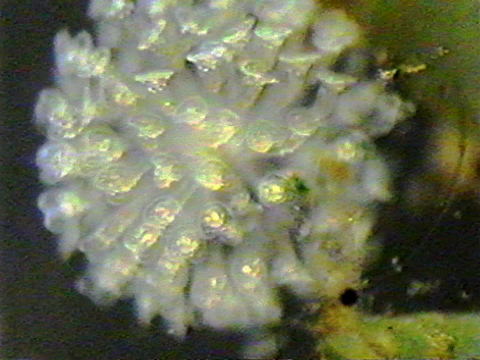
VIDEO - 0 min 10 s
Each rotifer in the colony moves its cilia, creating a current that brings food to the colony and assists in its locomotion.
LIFE UNDERWATER
PLANKTON - ZOOPLANKTON
- TO PHYTOPLANKTON
- TO INTRO ZOOPLANKTON
- BIODIVERSITY
- ENVIRONMENT AND ADAPTATIONS
- NUTRITION
- DISTRIBUTION
- RESEARCHER'S OPINION
